The bird flu, or avian influenza, has quietly become one of the most pressing global crises of our time. Once considered a distant problem for farmers and birdwatchers, this deadly virus is now threatening ecosystems, food supplies, and even human health. With alarming reports of its spread to mammals and rising concerns of a potential pandemic, the bird flu is no longer just a bird problem. It’s time to get the facts, understand the risks, and prepare for what could be the next big global health challenge.
1. The Origins of Bird Flu: A Century-Old Problem
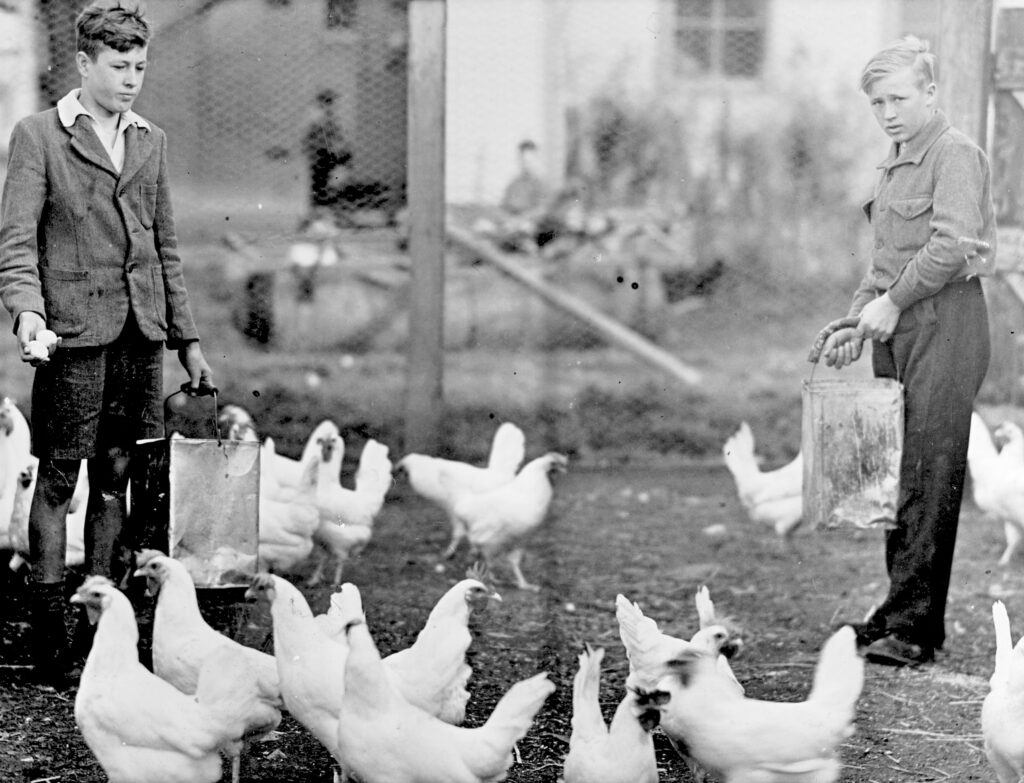
Flickr
Bird flu isn’t new—it’s been on humanity’s radar for over a century. The first documented cases of what was then called “fowl plague” appeared in Italy during the 1870s, where outbreaks devastated poultry farms. At the time, little was understood about the virus, and containment relied solely on culling infected birds. In the 1950s, scientists identified it as a type of influenza, marking the beginning of modern research into avian flu. These early outbreaks highlighted the virus’s potential to spread rapidly through bird populations, setting the stage for today’s global concerns.
2. H5N1: The Strain That Changed Everything
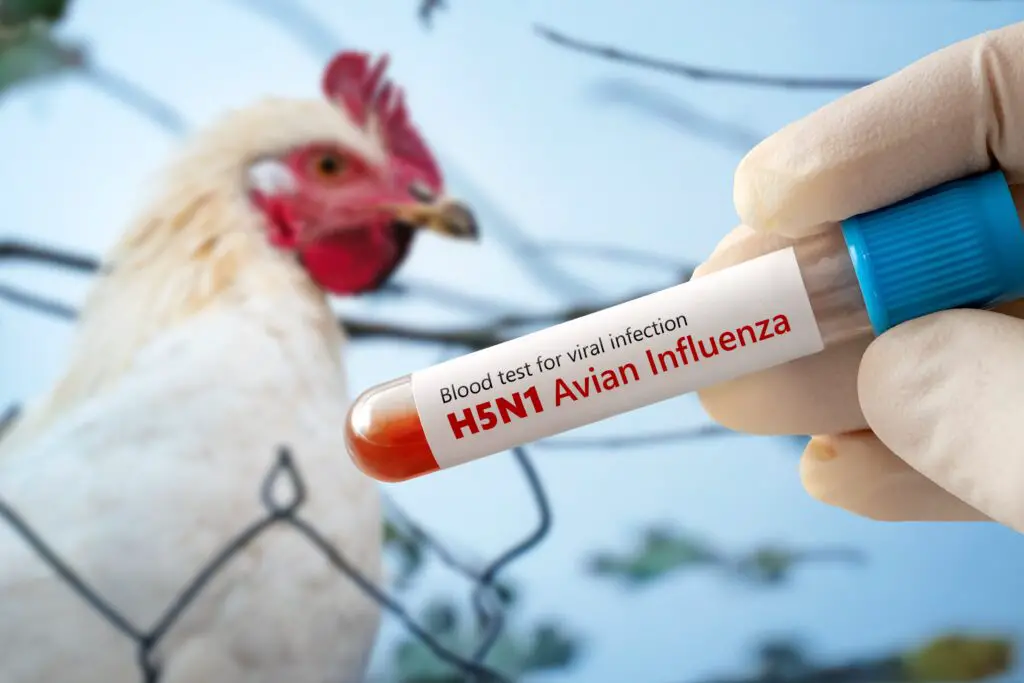
Shutterstock
The game-changing moment for bird flu came in 1997 when the H5N1 strain emerged in Hong Kong. For the first time, the virus leaped to humans, infecting 18 people and killing six. This shocking development led to the immediate culling of 1.5 million birds to prevent further spread. Scientists were alarmed not only by its high mortality rate—60% in humans—but also by its ability to cross species. This marked the beginning of H5N1’s global journey, as migratory birds carried the virus across borders, sparking outbreaks in Asia, Europe, and beyond.
3. Bird Flu Goes Global
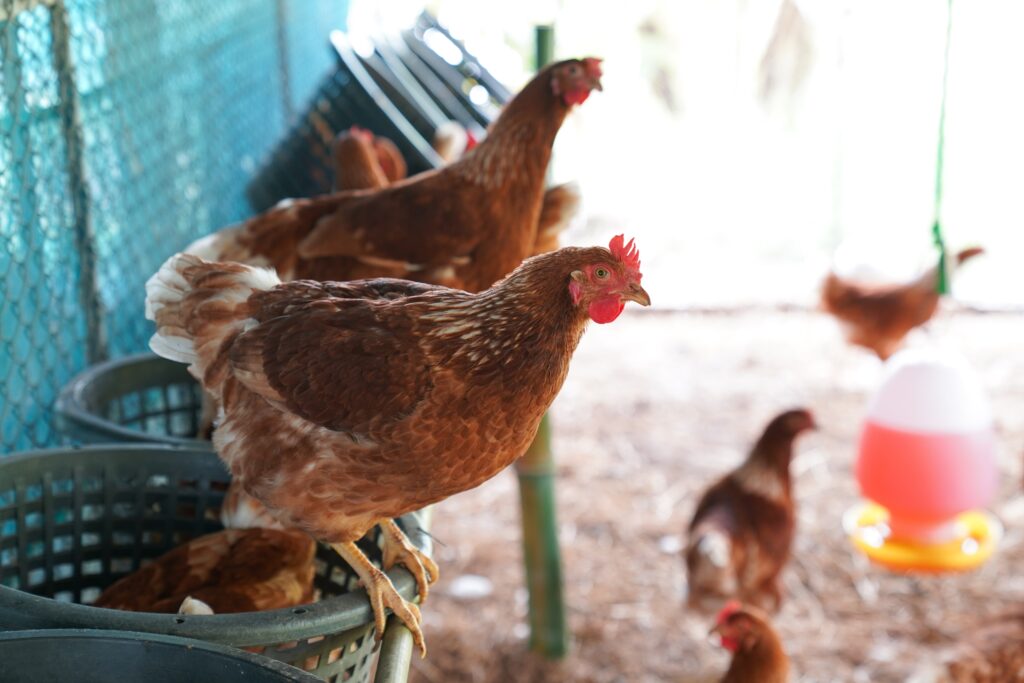
Shutterstock
By the early 2000s, H5N1 was no longer confined to Asia. Between 2003 and 2006, outbreaks were reported in over 50 countries, affecting millions of birds and killing hundreds of people. Migratory bird routes became highways for the virus, with hotspots emerging wherever wild and domestic birds mixed. Governments scrambled to respond, implementing mass culling and trade restrictions. Despite these efforts, H5N1 continued to spread, with its devastating impact on poultry industries leading to billions of dollars in economic losses. The global nature of the crisis revealed just how interconnected wildlife, agriculture, and human health truly are.
4. The Current Wave: Record-Breaking Outbreaks
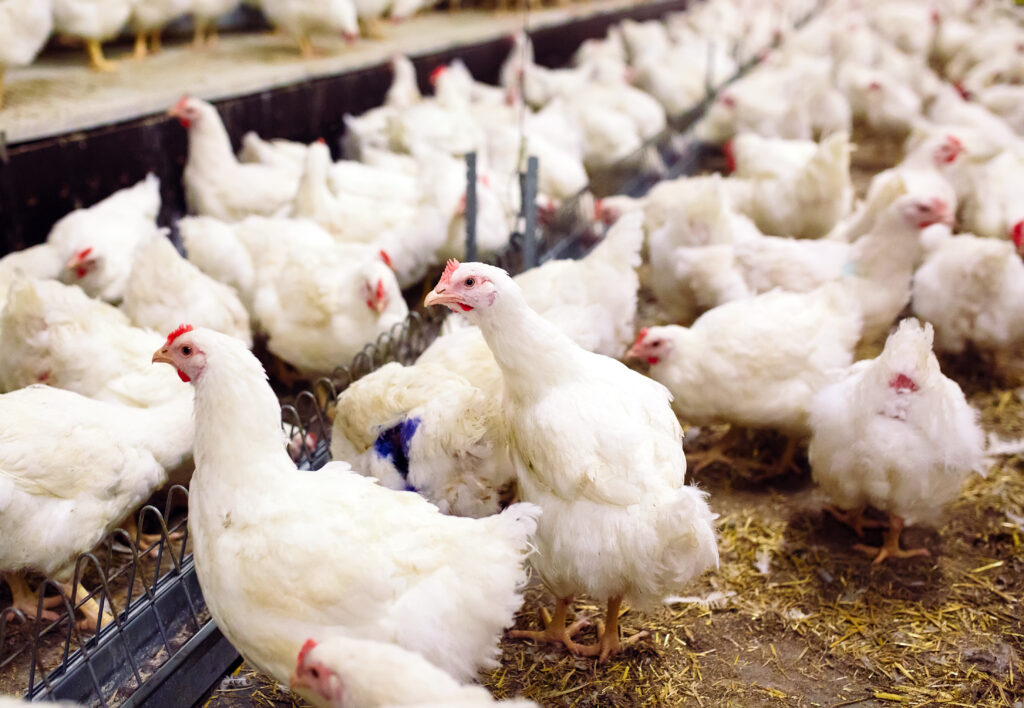
Shutterstock
The bird flu crisis has reached new heights in recent years. The current wave of H5N1 outbreaks, which began in 2021, is the largest in recorded history. In the U.S. alone, over 50 million birds were culled in 2022, with similar numbers reported across Europe. What makes this wave different is the virus’s growing adaptability—it’s now infecting mammals like sea lions, foxes, and even mink farms. This evolution has experts worried about its potential to mutate further, making human-to-human transmission more likely. The scale and complexity of today’s outbreaks demand urgent global action.
5. What Exactly Is Bird Flu, and Why Should You Worry?
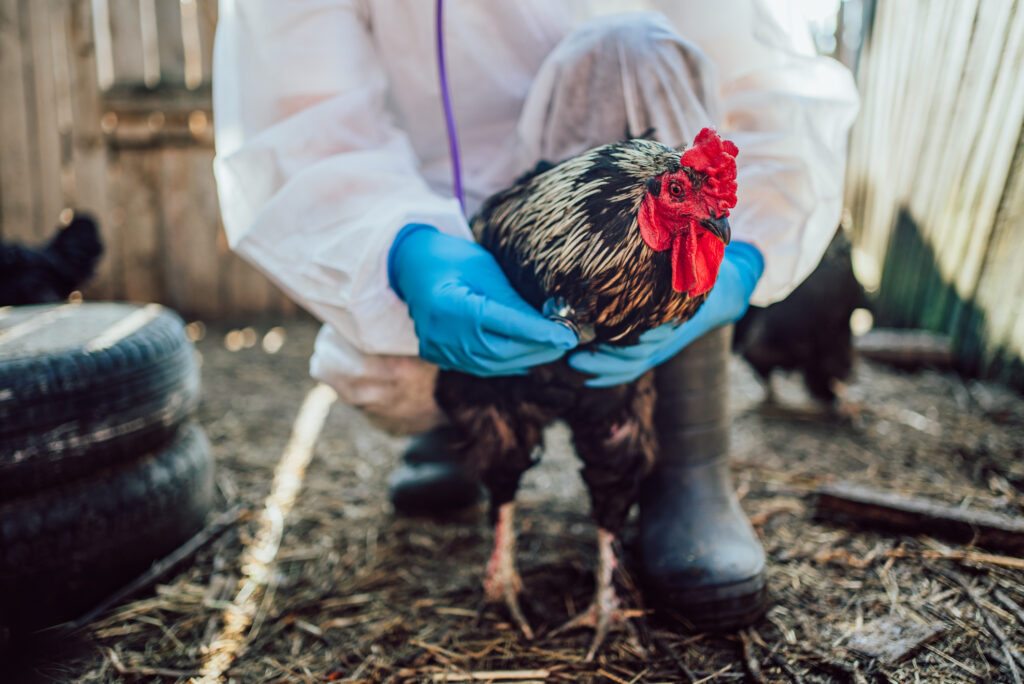
iStock
Bird flu, formally known as avian influenza, is caused by highly pathogenic viruses (HPAI) that primarily infect wild birds and poultry. The current strain, H5N1, is particularly alarming due to its devastating impact on bird populations and its potential to jump to mammals, including humans. While human infections are still rare, they can cause severe illness or death when they occur. What makes bird flu truly frightening is its ability to mutate—if it becomes easily transmissible among humans, it could spark a global health crisis unlike anything we’ve seen before.
6. Why Are Migratory Birds, Key Players?

iStock
Migratory birds act as nature’s delivery system for bird flu, carrying the virus across continents as they travel thousands of miles. These birds often show no symptoms but can spread H5N1 to poultry farms and other wild bird populations. Outbreaks have been linked to migratory routes, making containment nearly impossible. Countries along these routes face higher risks, as farms and wetlands become hotspots for transmission. Efforts to monitor and track migratory birds are essential to understanding the virus’s spread and implementing early intervention measures.
7. Why Are Mammals Getting Infected?
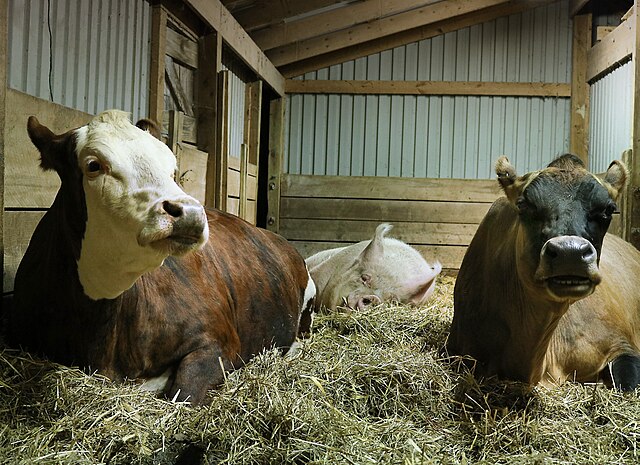
Flickr
The virus’s jump to mammals is one of the most concerning developments. H5N1 has been found in a variety of mammals, including seals, foxes, and bears, raising fears that it’s evolving. Scientists believe these infections occur when mammals consume infected birds or interact with contaminated environments. While these cases remain rare, they highlight the virus’s potential to mutate. This adaptability is why researchers are closely monitoring its spread and urging caution. The more species the virus infects, the greater the risk of a mutation that could jump to humans.
8. How Is Bird Flu Affecting You Right Now?

Shutterstock
Even if you’ve never seen a chicken farm, bird flu’s effects are already hitting your wallet and the environment. Egg and poultry prices have skyrocketed due to the mass culling of infected birds, while wild bird populations—including ducks, geese, and eagles—are being decimated. These losses disrupt ecosystems and food chains, creating a ripple effect that impacts agriculture, wildlife, and consumers. If the outbreaks continue at this pace, shortages of poultry products could worsen, affecting grocery stores, restaurants, and even holiday feasts.
9. Could Bird Flu Trigger the Next Pandemic?
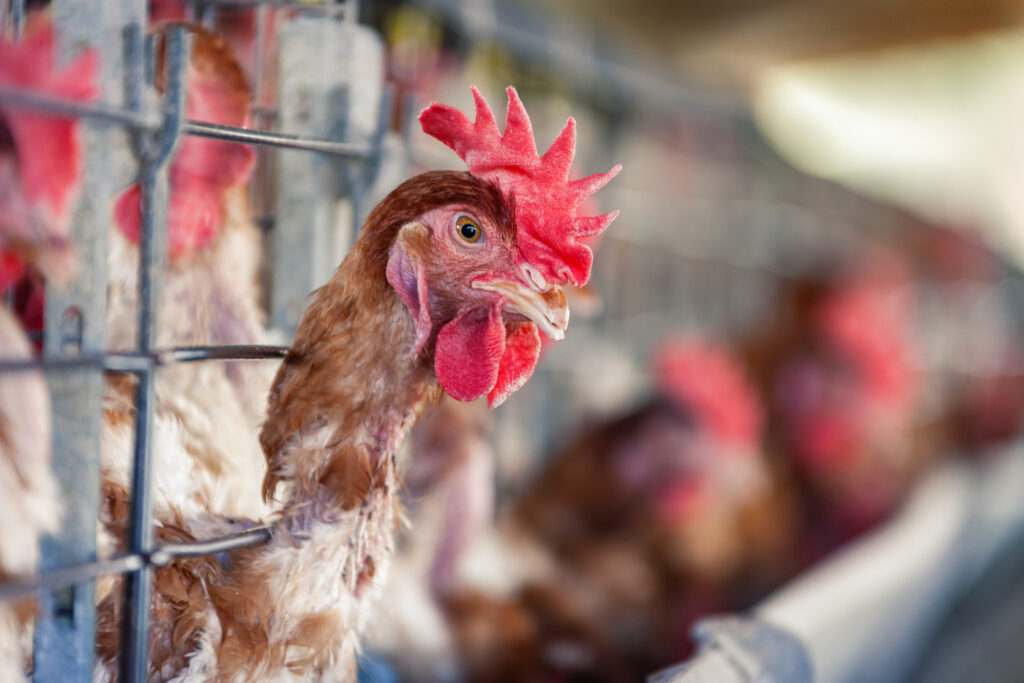
iStock
It’s possible—and that’s the nightmare scenario experts are working to avoid. Bird flu’s high mortality rate in both birds and mammals means that a human outbreak could be catastrophic without immediate action. Vaccines for bird flu exist but are primarily used in poultry, and creating effective vaccines for humans would take months. If H5N1 mutates to spread more easily among people, the world could face a pandemic with devastating consequences. This is why global surveillance and prevention efforts are more critical than ever.
10. What Can Governments Do to Stop the Spread?
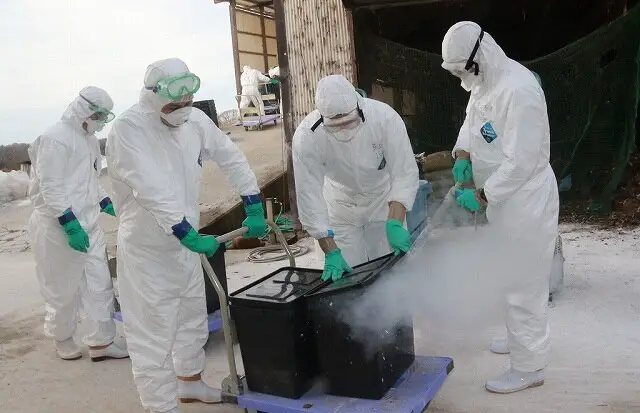
Wikimedia Commons
Fighting bird flu requires a global, coordinated effort. Key strategies include surveillance of wild and domestic bird populations to detect outbreaks early, implementing mass poultry vaccination programs to protect flocks and limit the spread, enforcing stricter biosecurity measures on farms to keep wild birds away, and increasing funding for research to develop universal flu vaccines for both humans and animals. Governments must act quickly to implement these measures before the virus spreads further.
11. How Should You Prepare for Potential Disruptions?
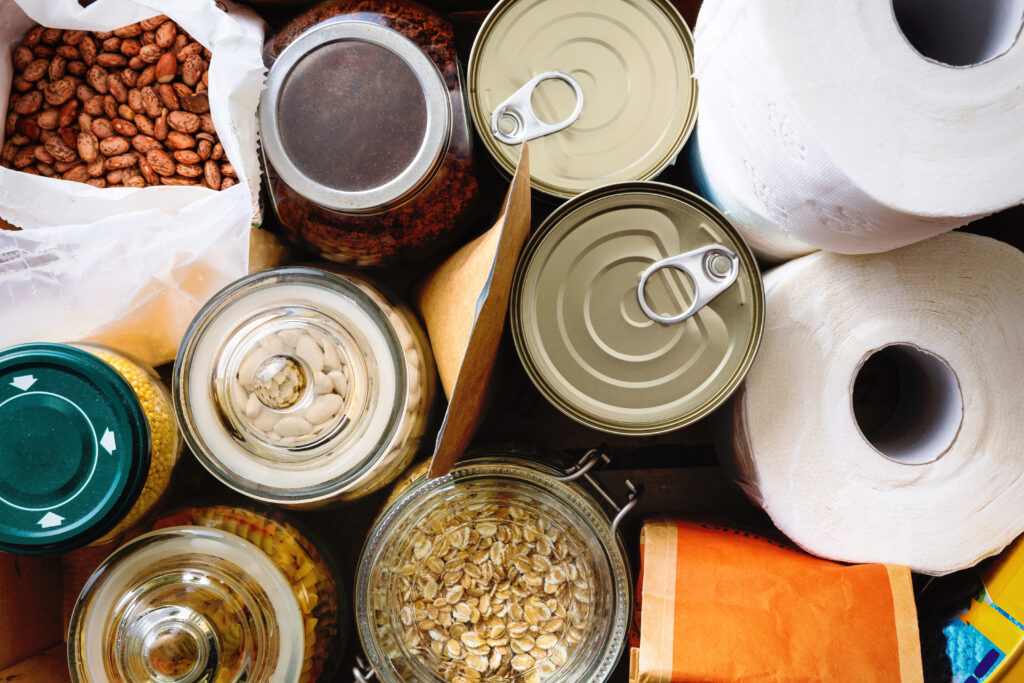
Shutterstock
Even if bird flu doesn’t reach pandemic levels, its effects on food systems and ecosystems are already significant. Preparing now can help you weather potential shortages by stocking up on canned goods, frozen proteins, and other non-perishables, building an emergency fund to handle rising food prices, and educating yourself about symptoms and staying informed about outbreaks. Taking these proactive steps ensures you’re ready for any disruptions the virus might cause.
12. Is There Hope?
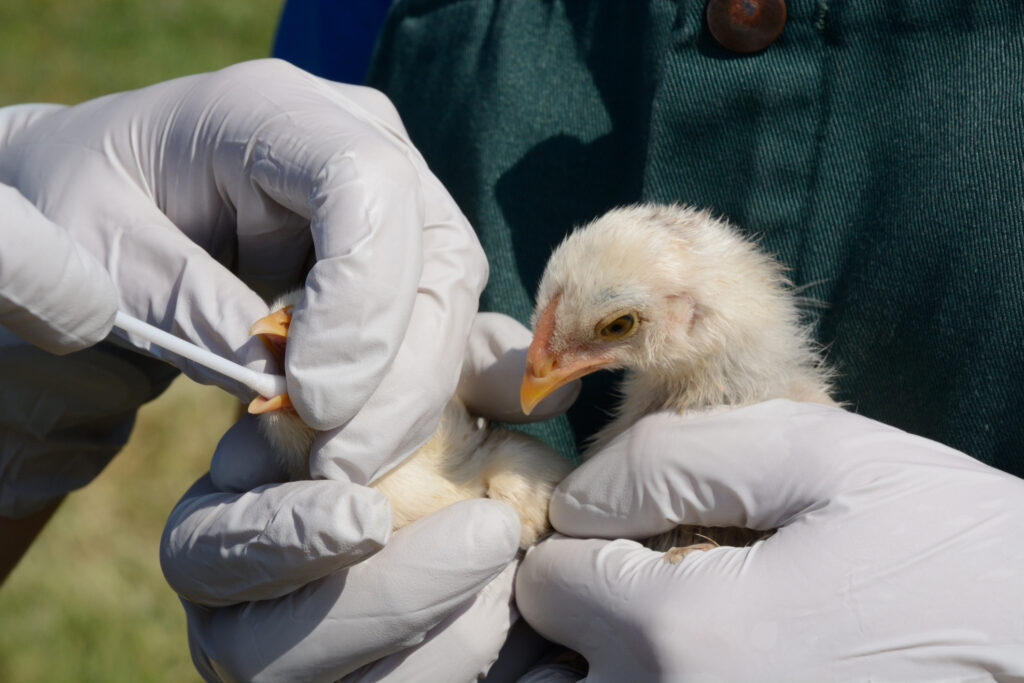
iStock: Merrimon
Yes, there’s reason for optimism—but only if we act now. Scientists are closely monitoring H5N1’s mutations, governments are ramping up poultry vaccination efforts, and human vaccine development is underway. The key lies in early detection, swift containment, and public awareness. By staying informed and supporting prevention efforts, we can reduce the risks and protect both human and animal health.
13. Why Aren’t More People Talking About This?
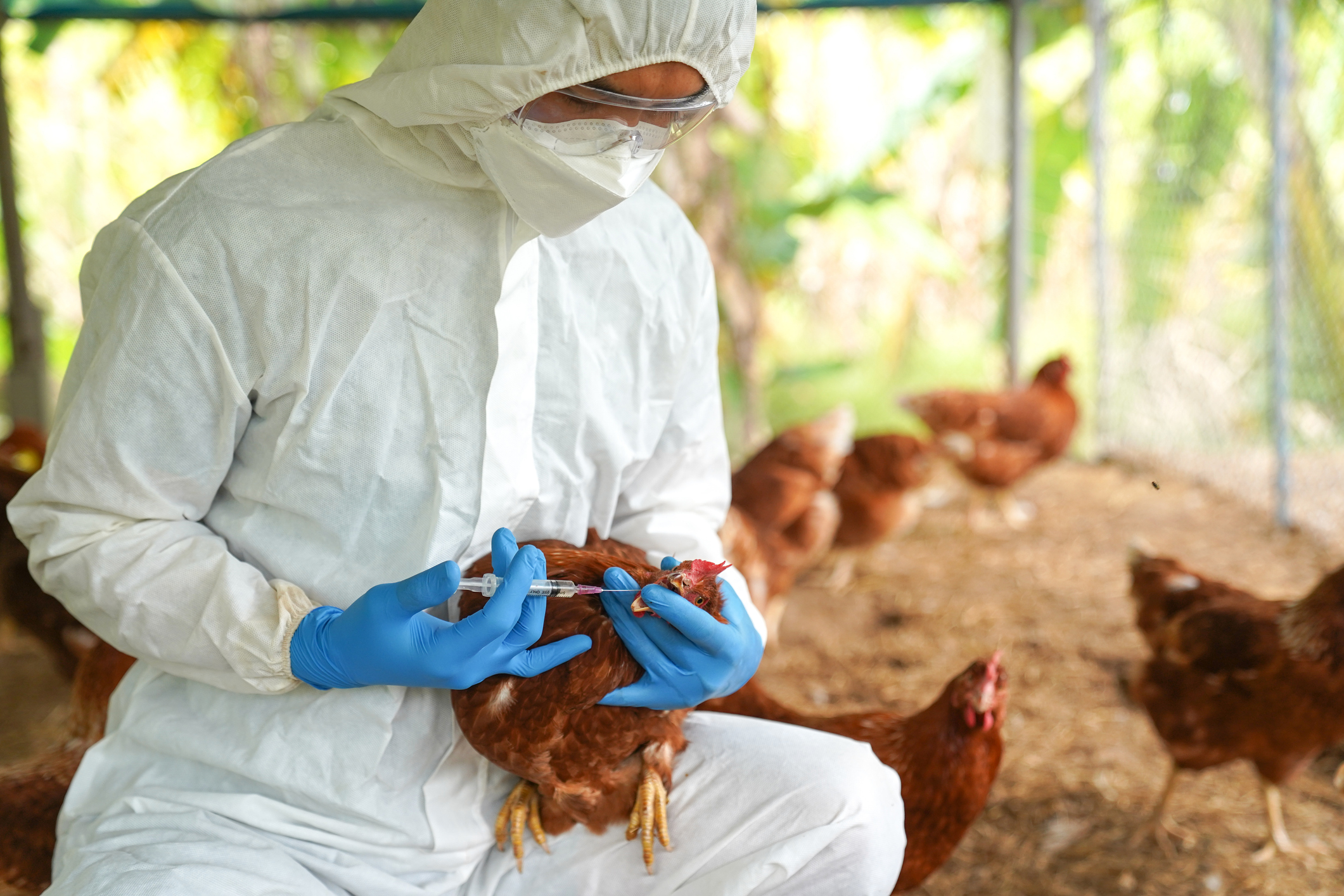
iStock
Bird flu doesn’t grab headlines the way other crises do, but its potential to impact our lives is enormous. Experts warn that complacency could cost us dearly. The lack of awareness about the virus’s spread and risks leaves communities vulnerable. It’s time to bring this issue to the forefront—because once a pandemic starts, it’s already too late.
14. How Climate Change Fuels the Spread of Bird Flu
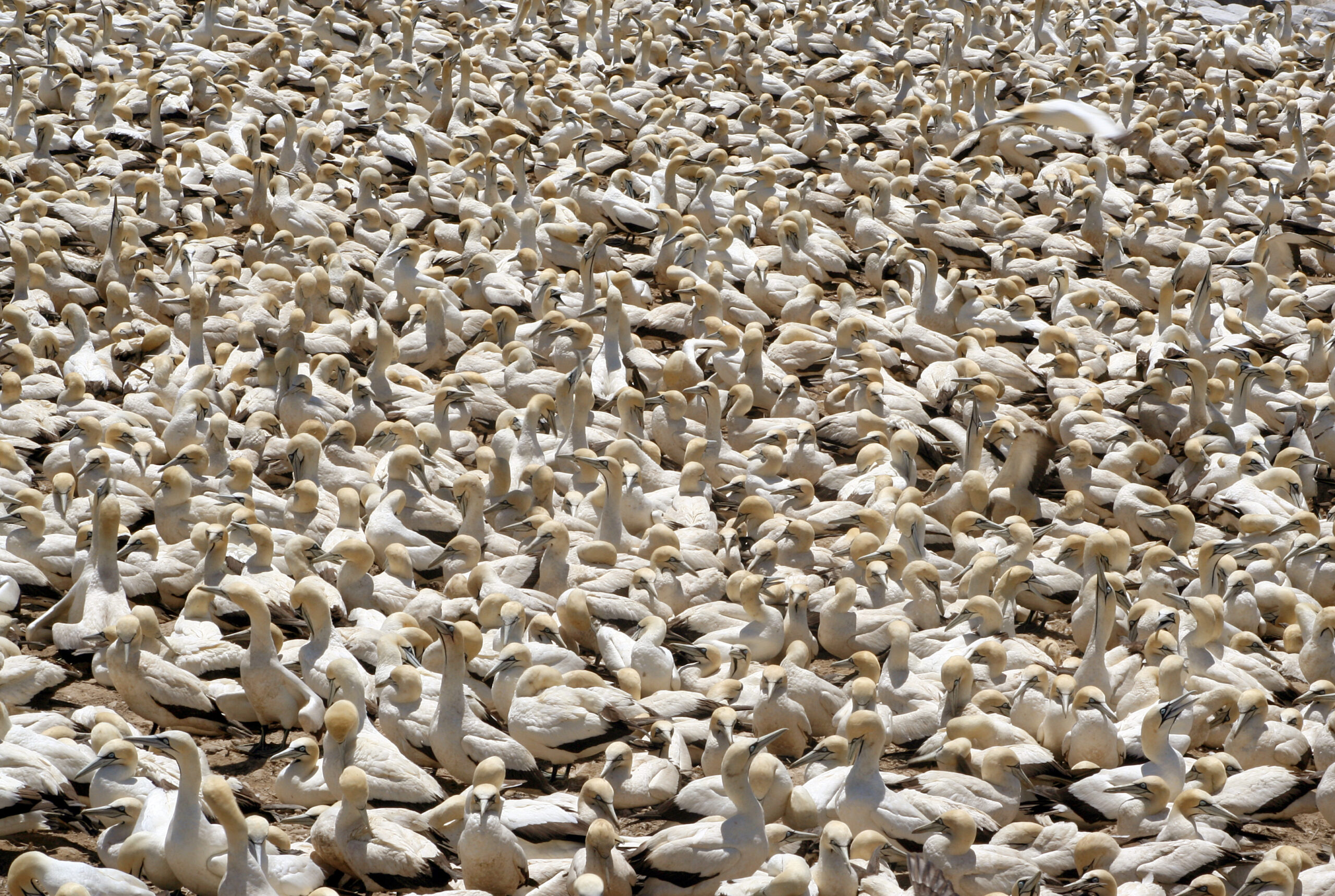
iStock
Climate change isn’t just melting ice caps—it’s altering the natural patterns of migratory birds and their ecosystems, creating ideal conditions for viruses like H5N1 to thrive. Warmer temperatures extend breeding seasons, increase the overlap of migratory routes, and create new habitats for wild birds. These changes heighten the risk of cross-species transmission, as birds interact more frequently with livestock and wildlife. For example, unexpected outbreaks in previously unaffected regions highlight the role of a shifting climate in spreading the virus. Addressing climate change is key to reducing the long-term risks of bird flu.
15. The Silent Toll on Ecosystems
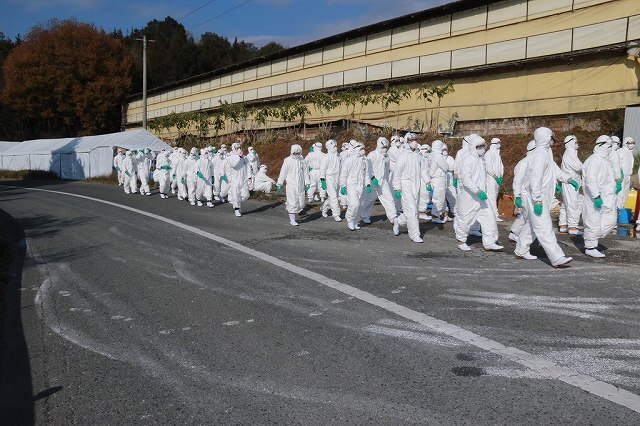
Wikipedia Commons
The bird flu crisis isn’t just a human issue—it’s wreaking havoc on ecosystems. Wild bird populations, from geese to endangered species like eagles, are being decimated by H5N1 outbreaks. This disrupts natural food chains, as predators lose their prey and scavengers face competition for dwindling resources. Wetlands, which serve as breeding grounds for migratory birds, are now hotspots for infection. The loss of biodiversity can have cascading effects on ecosystems, leading to imbalances that impact agriculture, water quality, and even human livelihoods. Protecting wildlife is essential to restoring balance.
16. Lessons Learned from Past Pandemics

iStock
History shows us that complacency can be deadly. From the 1918 Spanish flu to the COVID-19 pandemic, delayed action often exacerbates crises. Bird flu offers a chance to act before it’s too late. The rapid development of mRNA vaccines during COVID-19 proves that science can rise to the challenge—but only with adequate funding and collaboration. Past pandemics also highlight the importance of public education, swift containment, and global solidarity. By applying these lessons, we can better prepare for future threats like H5N1.
17. The Bottom Line
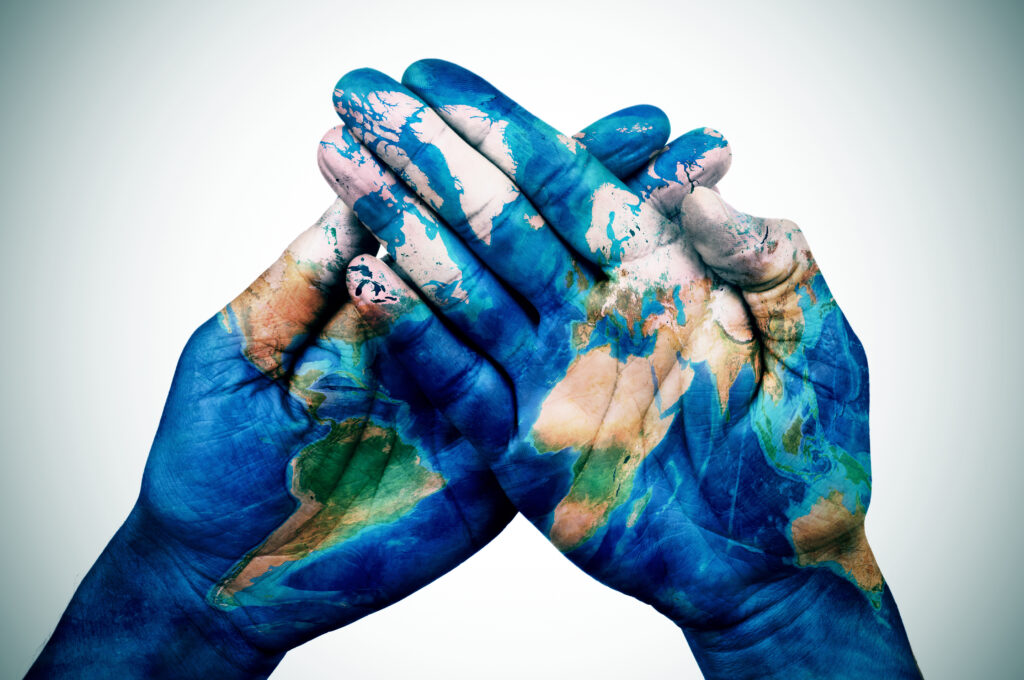
Shutterstock
Bird flu is a clear reminder of how interconnected our world is—what affects animals inevitably ripples into our lives. The stakes are high, but by staying informed, taking precautions, and supporting global prevention efforts, we can minimize the risks. Whether it’s protecting our food supply, preserving ecosystems, or preparing for the unexpected, every action counts. The time to act is now—because waiting for a full-blown crisis only makes it harder to catch up. Together, we can turn this looming disaster into an opportunity to safeguard both people and the planet.


